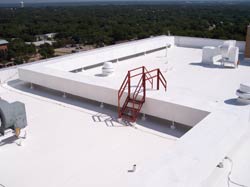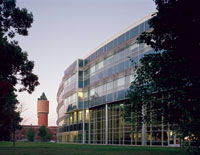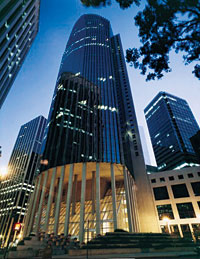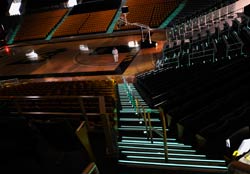view all Case Studies
National Gas Chain Chooses Prefab Shelters To Secure Equipment
July 30, 2009 -
Security
When Costco Wholesale Corporation decided to enter the gas station business, company officials needed equipment shelters to house gas station equipment, which is temperature sensitive. But because time is money in the retail business, the company also needed a solution that was very fast to deploy — especially with 240 gas stations throughout North America.
Engineers settled on prefab equipment shelters from B.I.G. Enterprises as the most reliable and cost-effective option to secure and house the sensitive equipment and provide climate control.
The shelters are intended to guard the equipment and control the temperature around the equipment. With gas stations in locations that include Anchorage, Miami and Minnesota, maintaining the right climate for the equipment is critical. The shelters also keep equipment secure from those who might want to tamper with it.
“The equipment shelters are durable and easy. We order them, they arrive and we just plop them down on a concrete pad. It’s much cheaper to buy prefab than to try to build them ourselves,” says Tim Hurlocker, director of gasoline operations at Costco.
A hotel style auto-locking door improves security.
"One doesn’t want anyone sneaking in there. The shelters contain a lot of control equipment—for the casual thief, there is nothing that they could resell, but we have to keep the casual thief out because they think they might be able to sell something. For this reason, in tougher areas, we have had a number of locations with wire mesh reinforced windows,” says Hurlocker.
Costco also needed a shelter that was durable. The new paint system used on the shelters is made up of catalyzed two-component polyurethane topcoat paint designed to resist chemical, impact, fade, abrasion and UV exposure. Recently tested by an independent 3rd party for rust and corrosion under extreme simulated weather conditions, the paint system showed no signs of rusting, no undercut creeping and no corrosion at the scribe cut in the steel after 3,500 hours of laboratory tests.
Next
Read next on FacilitiesNet











